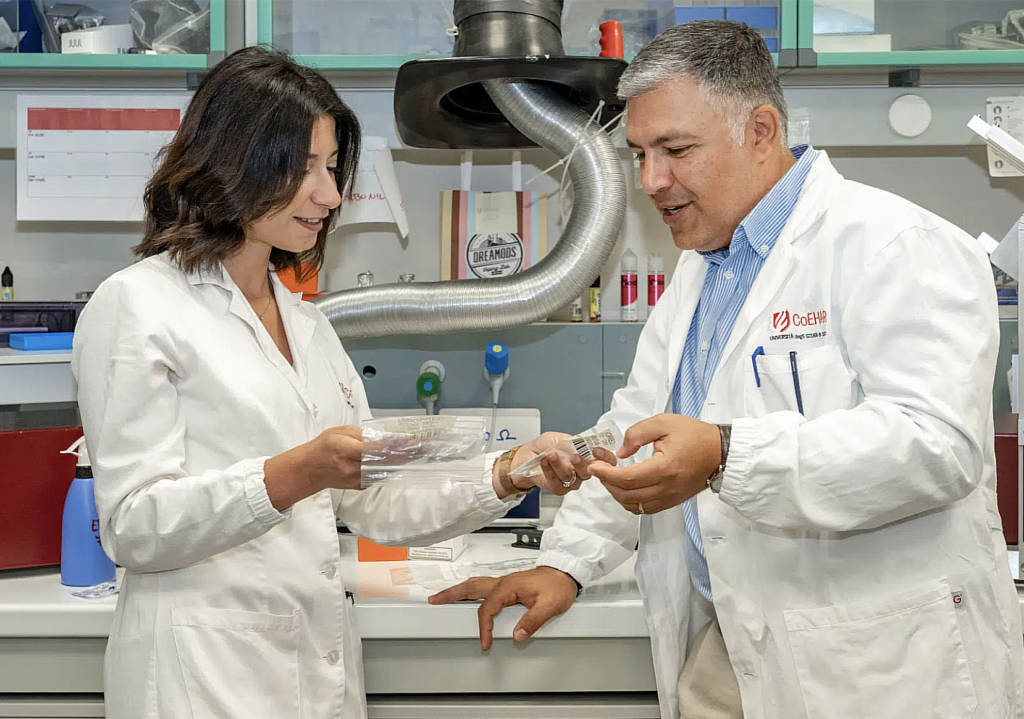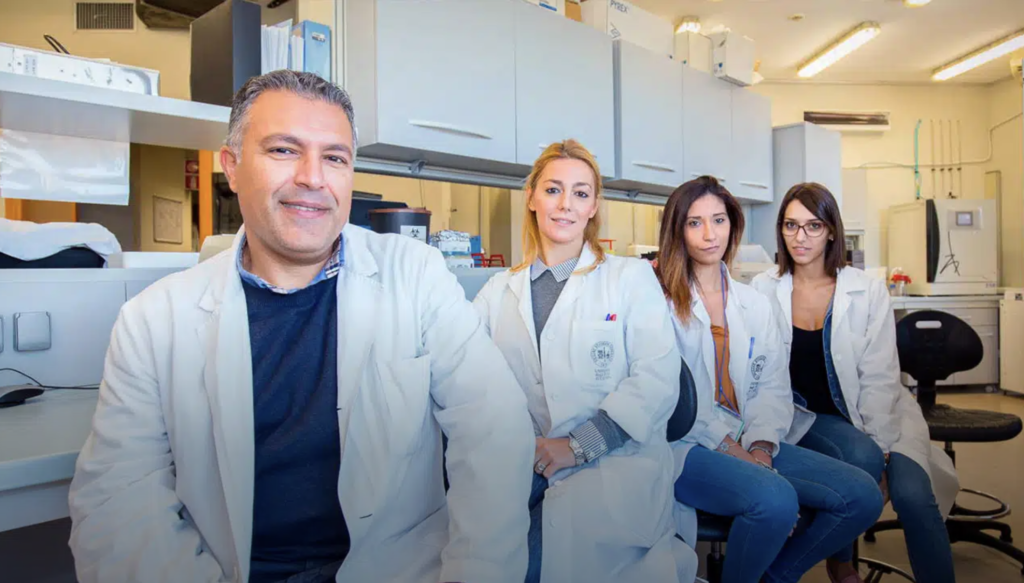A multidisciplinary group of scientists conducted an exhaustive investigation to assess the risks associated with aerosols emitted by electronic cigarettes compared to traditional tobacco smoke. The results consolidate the evidence of electronic cigarettes as a safer alternative to smoking.
In the scientific article titled “Cytotoxicity, Mutagenicity, and Genotoxicity of Aerosols Emitted by Electronic Cigarettes Compared to Cigarette Smoke: The REPLICA Project,” published in Scientific Reports, the qualified team of authors comprehensively addresses the comparison between electronic cigarette aerosols and combustible cigarette smoke, analyzing their impact in terms of cytotoxicity, mutagenicity, and genotoxicity.
The study reflects the collaborative and multidisciplinary work of the REPLICA Project group, significantly contributing to existing knowledge and offering a crucial perspective for a better understanding of the risks associated with using electronic cigarettes compared to traditional cigarettes. The REPLICA researchers employed a standard toxicological battery comprising three assays commonly used for product evaluation and regulatory applications.
The study conducted comparative evaluations of aerosols from electronic cigarettes and smoke from combustible cigarettes, yielding notable results in terms of toxicity and genotoxic activity. Genotoxicity refers to the damage sustained by the genes within our cells caused by chemicals, radiation, or certain viruses. This alteration can change genetic information, leading to harmful errors. If the cell divides, this damage can be inherited by daughter cells and, in some cases, may contribute to the development of diseases such as cancer. For this reason, it is crucial to assess the risks of genotoxicity, especially when approving new medications or chemicals, to ensure their safety for people.

It was discovered that the aerosol from electronic cigarettes exhibited low cytotoxicity and did not show genotoxicity or mutagenic activity, which means the ability of a substance to induce changes or mutations in an organism’s genetic material. On the other hand, the smoke from traditional cigarettes demonstrated high cytotoxicity, as well as significant mutagenic and genotoxic activity.
The REPLICA study did not merely replicate the original experiments. Still, it addressed and overcame several limitations and methodological gaps in the previous work, adding additional conditions to cover all possible ways of inducing genotoxicity and mutagenesis in cells, thus strengthening the robustness and reliability of the results obtained.
“The findings of our study not only confirmed the results obtained by our colleagues but also addressed some gaps and methodological limitations present in the original work,” stated Dr. Rosalía Emma, the study’s lead author. “However, it is crucial to underline that, despite using different machinery and variations in exposure methodology, in the case of cytotoxicity (NRU assay), the toxicity of the electronic cigarette is significantly lower than that of the traditional cigarette.”
“Even though we have added experimental conditions that the authors of the first work overlooked, the previously obtained results are confirmed and even strengthened, consolidating the electronic cigarette as a useful tool for reducing the harms of smoking in healthy smoking subjects,” declared Professor Massimo Caruso, one of the leaders of the REPLICA project and a co-author of the study.
The analysis provided offers a valuable perspective on the risks associated with aerosols from electronic cigarettes compared to traditional tobacco smoke. These findings could have significant implications for public health policies and tobacco and electronic cigarette product regulation. Research and monitoring of these products must continue to ensure consumer safety.
The work of the REPLICA group confirms previous independent studies. In the European context, the safety review conducted by the Committee on Toxicity of Chemicals in Food, Consumer Products, and the Environment (COT) had already reached a quite enlightening conclusion about electronic cigarettes. The COT concluded that when electronic cigarettes are manufactured and used correctly, the risk of adverse health effects is considerably lower compared to combustible tobacco cigarettes.
The COT conducted a thorough evaluation to discern the potential risks related to using electronic cigarettes. Its goal was to provide a clear perspective on the safety of these devices compared to traditional cigarettes. Located in the United Kingdom, the COT is an independent scientific committee responsible for providing advice and technical and scientific guidance to various governmental entities on the toxicity of chemicals in consumer products and the environment.
Despite these positive findings, the COT highlighted that uncertainties still exist, particularly regarding inhaling flavorings and products derived from the heat generated in vaping products. Sometimes, heating the liquid to produce vapor can generate unwanted compounds that may harm health. The nature and extent of the health risks associated with these components are not yet fully understood, underscoring the need for further research in this area.
However, these concerns are often addressed with policies of continuous research and monitoring of the potential long-term effects, adjusting regulations as needed. This includes manufacturing standards that ensure the safety and quality of components and ingredients, establishing specific norms on how and with which substances and concentrations the devices and liquids for vaping should be manufactured.
An International Team of Experts
The REPLICA Project group, comprising a distinguished multidisciplinary team of experts in various fields, has significantly contributed to advancing scientific research on electronic and traditional cigarettes. Notable members of the group include Giovanni Li Volti, Massimo Caruso, Rosalía Emma, Antonio Giordano, Ang Sun, Vladislav Volarevic, Ronny Lesmana, Konstantinos Poulas, Alfio Distefano, Konstantinos Partsinevelos, Roberta Pulvirenti, Aurora Costa, Aleksandar Arsenijevic, Melisa I. Barliana, Konstantinos Mesiakaris, Najwa Albalushi, Chiara Giardina, and Salvatore Furnari.

